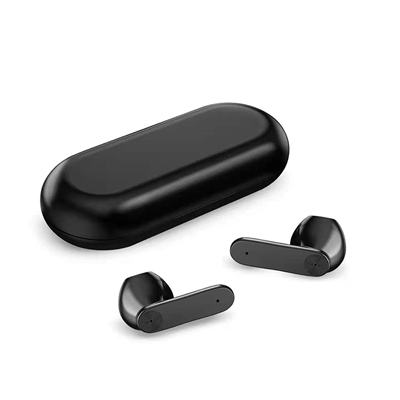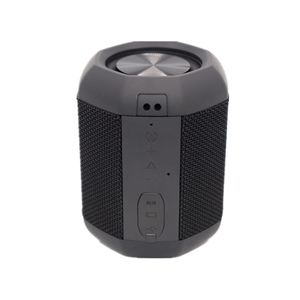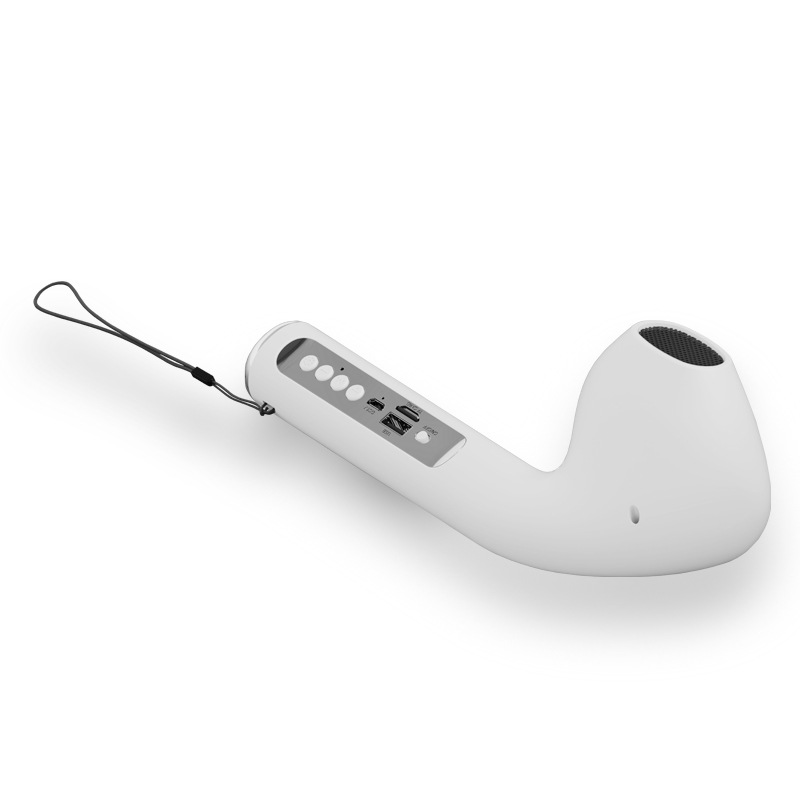Introduction to Multifunctional Wireless Charger
 May 19,2022
May 19,2022

 MiBA
MiBA
With the continuous improvement of the requirements for power supply quality, safety, reliability, convenience, immediacy, special occasions, and special geographical environments, contact power transmission methods are increasingly unable to meet actual needs.

A wireless charger is a device that uses the principle of electromagnetic induction to charge. The principle is similar to that of a transformer. By placing a coil at the transmitting end and the receiving end, the coil at the transmitting end sends out electromagnetic signals under the action of electricity, and the coil at the receiving end receives the electromagnetic signals. Signal and convert the electromagnetic signal into electric current, so as to achieve the purpose of wireless charging. Wireless charging technology is a special power supply method. It does not require a power cord and relies on electromagnetic wave propagation, then converts the electromagnetic wave energy into electrical energy, and finally realizes wireless charging.
New electronic products, especially portable electronic products such as digital cameras, mobile phones, and tablet computers, are increasingly used in people's work and life, and the matching chargers also use traditional wired chargers. However, the compatibility and versatility of wired chargers are relatively poor, and it is inconvenient for users to carry and charge. At the same time, post-processing increases environmental pollution. Therefore, it is imminent to provide users with more reliable, convenient, convenient, and timely charging equipment. The development of wireless technology makes it possible to transmit wireless power, and the research and development of wireless chargers will also meet the needs of users.

There are three main forms of battery charging in the future: visual charging, smart charging, and wireless charging. In 2016, there were only 138 members of the International Wireless Power Consortium (WPC), but this year there are more than 200 WPC technology companies, such as Apple, Samsung, HTC, Huawei, Lenovo, Xiaomi, Nokia, Sony, and many other mainstream mobile phone manufacturers. Generally, Qi wireless chargers have a flat surface, called a charging pad, that can charge mobile devices. Qi specifies three different coil calibration methods, namely: guided positioning (magnetic attraction), free positioning (moving coil) (and free positioning (coil array)), and these three methods are briefly described below.
1. Guidance and positioning (magnetic attraction): that is, one-to-one charging at a fixed position, guiding the placed charging equipment to achieve accurate calibration. The advantage of this method of calibration is simplicity, but it requires a series of magnets in the charging device to attract the material, so the power loss (and thus the temperature rise) associated with eddy currents will be attracted by the magnetic attractor. 2. Free positioning (with movable primary coil): It is also a one-to-one charging device that can be positioned and charged. This approach requires a mechanically movable primary coil that is tuned to couple with the location of the charging device. However, moving mechanical parts tend to reduce system reliability. Furthermore, the motor control of the primary coil is complex and expensive for multiple charging devices. 3. Free positioning (coil array): Allows multiple devices to be charged regardless of their location. Compared to the above two methods, this calibration method is based on more expensive and complex winding structures and control electronics. For the price, it offers more user-friendliness.




 Home
Home Enjoy Good Music True Wireless Stereo Headphones
Enjoy Good Music True Wireless Stereo Headphones  You May Also Like
You May Also Like





 Tel
Tel
 Email
Email
 Address
Address














